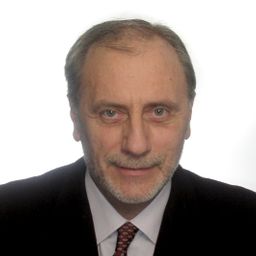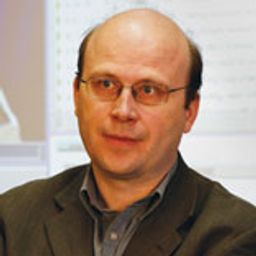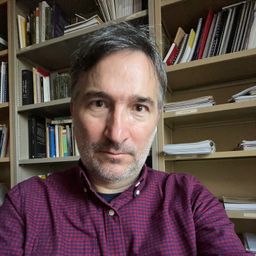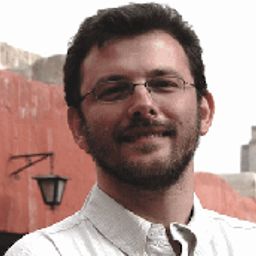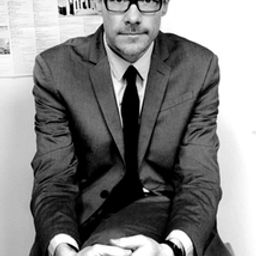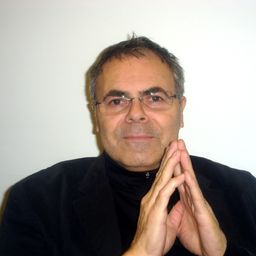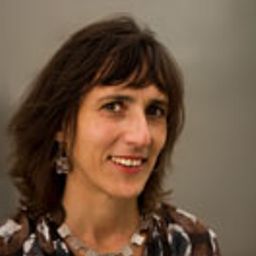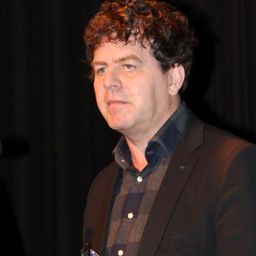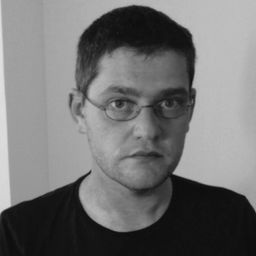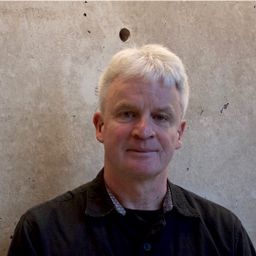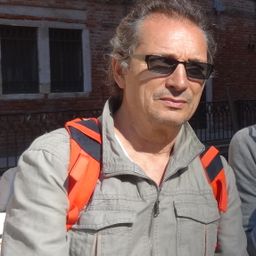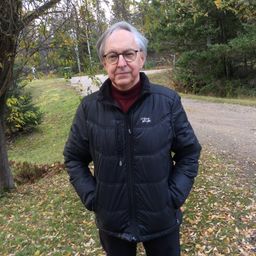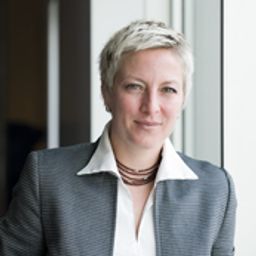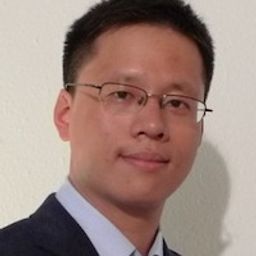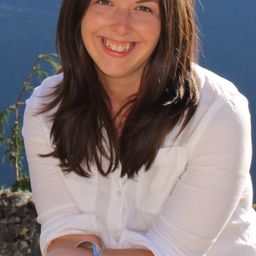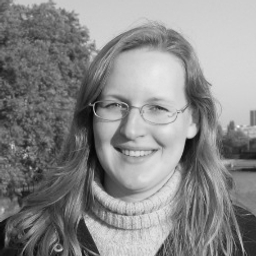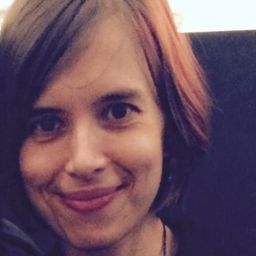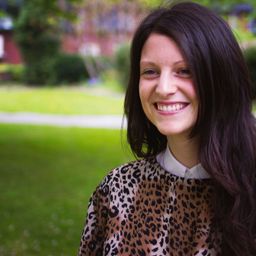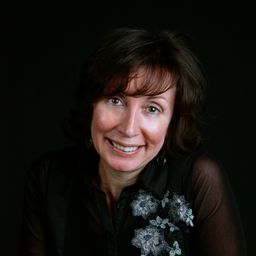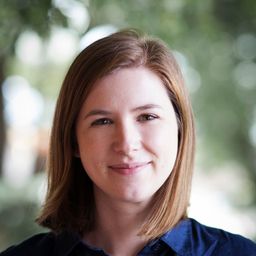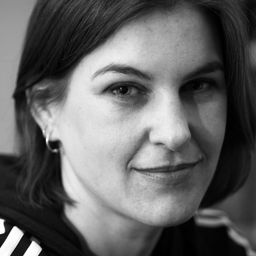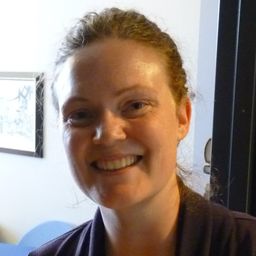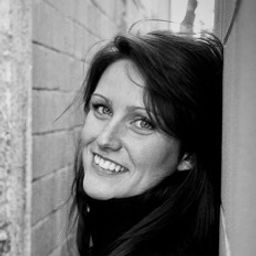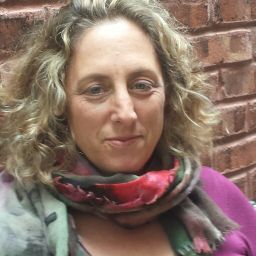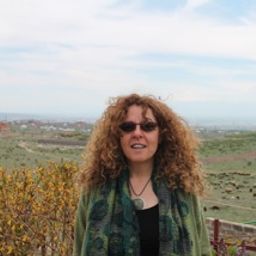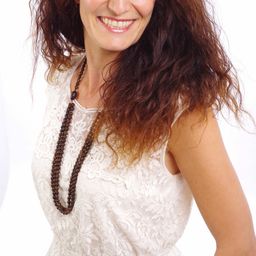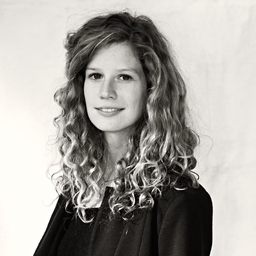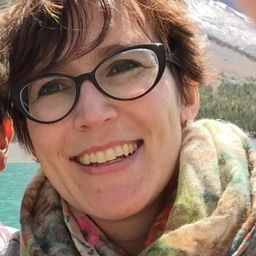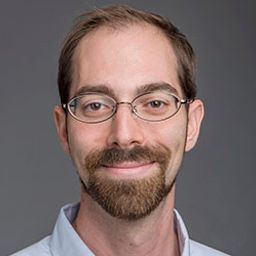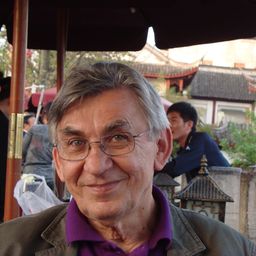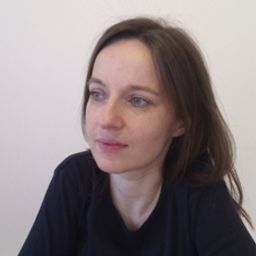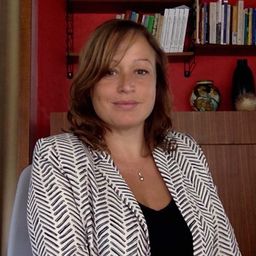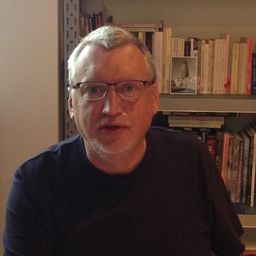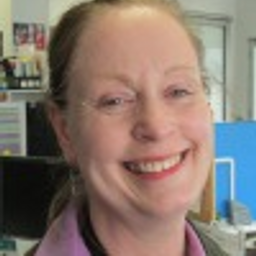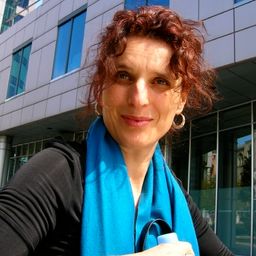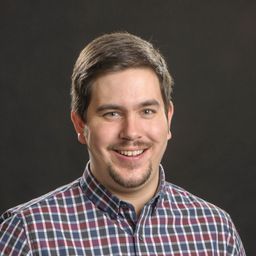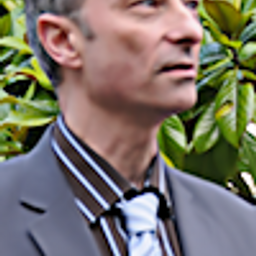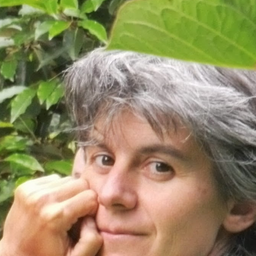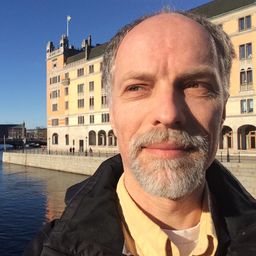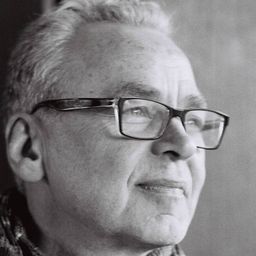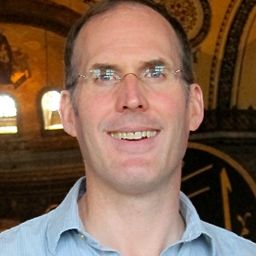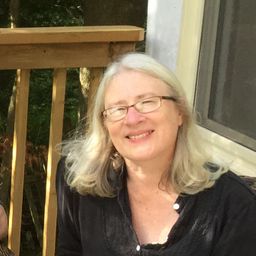Keynote: Il n'est de patrimoine qu'au futur...| Only in the future will it be heritage... (Xavier Greffe)

My Session Status
What:
Keynote with simultaneous translation / Conférence avec traduction simultanée
When:
15:30, Monday 6 Jun 2016
(1 hour 30 minutes)
Where:
Theme:
Public event
Simultaneous translation - Traduction simultanée
Le patrimoine fait aujourd’hui l’objet d’attentions autant que d’agressions et de destructions. Cela peut s’expliquer par les difficultés de son identification ou de sa conservation. Cela peut plus profondément s’expliquer parce que, dès le départ, il célébre un événement ou conserve une mémoire qui peut être ou devenir une source de dissenssions et de conflits politiques. Enfin, sa reconnaissance suscite des gains économiques pour les uns mais des pertes pour les autres.
Mais peut-être bien l’élément le plus important vient-il ici de ce que deux paradigmes concurrents animent le champ du patrimoine, des décisions et des comportements qui le scandent. Le premier entend construire et gérer le patrimoine comme un lieu de mémoire au nom d’une citoyenneté définie de manière plus ou moins précise : il imprime alors des logiques verticales, dictées par des lois-expertes qui produisent un bien qui se veut un bien collectif dans lequel se reconnaîtont ou non les individus. Le second voit dans le patrimoine des lieux de vie permettant à une communauté d’afficher son identité et d’entretenir une confiance en soi: il se développe cette fois-ci de manière horizontale, il est produit et consommé comme bien commun, mais en rencontrant alors d’autres limites, celles définies la reconnaissance des autres communautés. Qu’ils s’associent ou s’opposent, des deux paradigmes définissent alors des approches et des pratiques différentes de son identification et de ses éléments constitutifs; des droits culturels au patrimoine ; de sa labélisation et de sa conservation; et bien entendu, de sa valorisation et de sa mise en scène.
De telles tensions peuvent-elles se transformer et produire plus de synergie que de dispersion dans les efforts? La difficulté de les mettre en cohérence nous semble venir de ce que dans notre identification du patrimoine nous donnons beaucoup plus de poids aux éléments du passé qu’à ceux de l’avenir que nous souhaitons construire. Ce premier élément est renforcé par le fait que nous sous estimons le potentiel de créativité que le patrimoine nous offre, tant du point de vue économique que social. C’est pourtant à partir d’un avenir que nous partagerons, quoi qu’il arrive, que nous pouvons trouver les cohérences nécessaires à la définition du patrimoine. Et c’est ainsi que nous pouvons comprendre le dicton des Maoris de Nouvelle-Zélande : Le patrimoine c’est ce que j’ai reçu de mes enfants et ce que je rends à mes parents.
__
Le professeur Greffe sera présenté par le professeur émérite Luc-Normand Tellier.
__
Heritage is currently the focus of attention, as well as of assaults and destruction. This can be explained by the difficulties involved in identifying and conserving it, even more profoundly because, from the start, it celebrates an event or conserves a memory that can be or become a source of dissension and political conflict. Finally, its recognition translates into economic gains for some but losses for others.
But perhaps the most important element comes from how two competing paradigms drive the field of heritage, in particular the decisions and behaviours that mark it. The first intends to build and manage heritage as a place of memory in the name of a more or less precisely defined citizenship: as such it will imprint a vertical logic, dictated by expert-laws that produce a good that aims to be a common good in which individuals will (or will not) recognize themselves. The second sees in heritage living spaces enabling a community to display its identity and maintain a certain self-confidence; it develops horizontally this time and is produced and consumed as a common good, while encountering other limitations as defined by the recognition of other communities. Whether they link up or are opposed, the two paradigms then define different approaches to and practices of identifying its essence and components; cultural rights to heritage; its labeling and conservation; and of course, its enhancement and staging.
Can such tensions be transformative and produce on balance more synergy than wasted efforts? The difficult task of aligning them would seem to come from the fact that in our identification of heritage, we give much more weight to elements of the past than to those of the future we wish to build. This first element is reinforced by the fact that we underestimate the potential for creativity that heritage offers us, from both an economic and a social point of view. Yet it is from a shared future, come what may, that we can find what it takes to provide a coherent definition of heritage. And this is how we can understand the New Zealand Maori dictum: Heritage is what I received from my children and hand on to my parents.
Mais peut-être bien l’élément le plus important vient-il ici de ce que deux paradigmes concurrents animent le champ du patrimoine, des décisions et des comportements qui le scandent. Le premier entend construire et gérer le patrimoine comme un lieu de mémoire au nom d’une citoyenneté définie de manière plus ou moins précise : il imprime alors des logiques verticales, dictées par des lois-expertes qui produisent un bien qui se veut un bien collectif dans lequel se reconnaîtont ou non les individus. Le second voit dans le patrimoine des lieux de vie permettant à une communauté d’afficher son identité et d’entretenir une confiance en soi: il se développe cette fois-ci de manière horizontale, il est produit et consommé comme bien commun, mais en rencontrant alors d’autres limites, celles définies la reconnaissance des autres communautés. Qu’ils s’associent ou s’opposent, des deux paradigmes définissent alors des approches et des pratiques différentes de son identification et de ses éléments constitutifs; des droits culturels au patrimoine ; de sa labélisation et de sa conservation; et bien entendu, de sa valorisation et de sa mise en scène.
De telles tensions peuvent-elles se transformer et produire plus de synergie que de dispersion dans les efforts? La difficulté de les mettre en cohérence nous semble venir de ce que dans notre identification du patrimoine nous donnons beaucoup plus de poids aux éléments du passé qu’à ceux de l’avenir que nous souhaitons construire. Ce premier élément est renforcé par le fait que nous sous estimons le potentiel de créativité que le patrimoine nous offre, tant du point de vue économique que social. C’est pourtant à partir d’un avenir que nous partagerons, quoi qu’il arrive, que nous pouvons trouver les cohérences nécessaires à la définition du patrimoine. Et c’est ainsi que nous pouvons comprendre le dicton des Maoris de Nouvelle-Zélande : Le patrimoine c’est ce que j’ai reçu de mes enfants et ce que je rends à mes parents.
__
Le professeur Greffe sera présenté par le professeur émérite Luc-Normand Tellier.
__
Heritage is currently the focus of attention, as well as of assaults and destruction. This can be explained by the difficulties involved in identifying and conserving it, even more profoundly because, from the start, it celebrates an event or conserves a memory that can be or become a source of dissension and political conflict. Finally, its recognition translates into economic gains for some but losses for others.
But perhaps the most important element comes from how two competing paradigms drive the field of heritage, in particular the decisions and behaviours that mark it. The first intends to build and manage heritage as a place of memory in the name of a more or less precisely defined citizenship: as such it will imprint a vertical logic, dictated by expert-laws that produce a good that aims to be a common good in which individuals will (or will not) recognize themselves. The second sees in heritage living spaces enabling a community to display its identity and maintain a certain self-confidence; it develops horizontally this time and is produced and consumed as a common good, while encountering other limitations as defined by the recognition of other communities. Whether they link up or are opposed, the two paradigms then define different approaches to and practices of identifying its essence and components; cultural rights to heritage; its labeling and conservation; and of course, its enhancement and staging.
Can such tensions be transformative and produce on balance more synergy than wasted efforts? The difficult task of aligning them would seem to come from the fact that in our identification of heritage, we give much more weight to elements of the past than to those of the future we wish to build. This first element is reinforced by the fact that we underestimate the potential for creativity that heritage offers us, from both an economic and a social point of view. Yet it is from a shared future, come what may, that we can find what it takes to provide a coherent definition of heritage. And this is how we can understand the New Zealand Maori dictum: Heritage is what I received from my children and hand on to my parents.
Who's Attending
Steven High
Centre for Oral History and Digital Storytelling
Gaston Gagnon
Historien et Muséologue Conseil
Retraité du ministère de la Culture et des Communications
Dr Adèle Esposito
Chargée de recherche
Centre national de la recherche scientifique, UMR AUSser Architecture, Urbanistique, Société, France
Prof. Rhiannon Mason
Senior Lecturer
Prof. Tracy Ireland
Associate Professor
Prof. Kathryn Lafrenz Samuels
Assistant Professor
University of Maryland, Department of Anthropology, United States
Dr Shelley Ruth Butler
Lecturer & Principal, Curatorial Dreams: Creative Workshops for Museum and Heritage Professionals, Researchers, and Community Groups
McGill University, Institute for the Study of Canada
Marie-Christine Parent
PhD Candidate
Université de Montréal, Canada / Université de Nice Sophia Antipolis, France
Dr Chiara Bortolotto
Institut interdisciplinaire d’anthropologie du contemporain, France
Prof. William Nitzky
Assistant Professor
California State University Chico, Department of Anthropology, United States
Prof. Bernard Haumont
CRH/LAVUE, UMR CNRS 7218
Patrick Dieudonné
Directeur adjoint
Université de Bretagne occidentale, Institut de Géoarchitecture, France
Prof. Nigel Westbrook
University of Western Australia
dr Riemer Knoop
reinwardt academie / gordion cultureel advies
David T. Fortin
Laurentian University
Dr Susan Ashley
Northumbria University
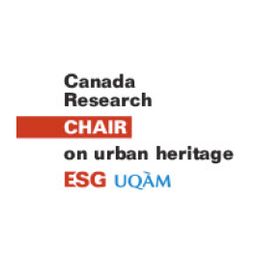
156 other(s)
